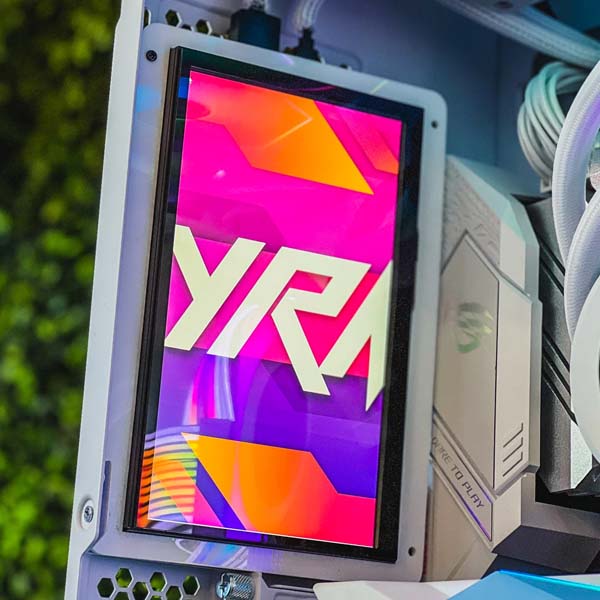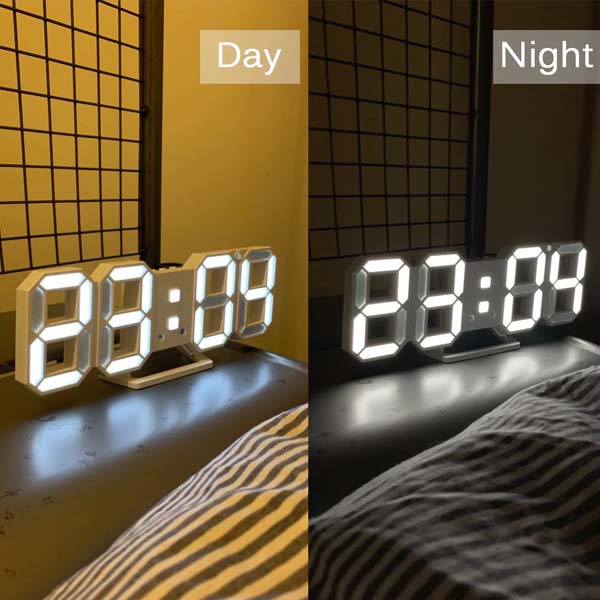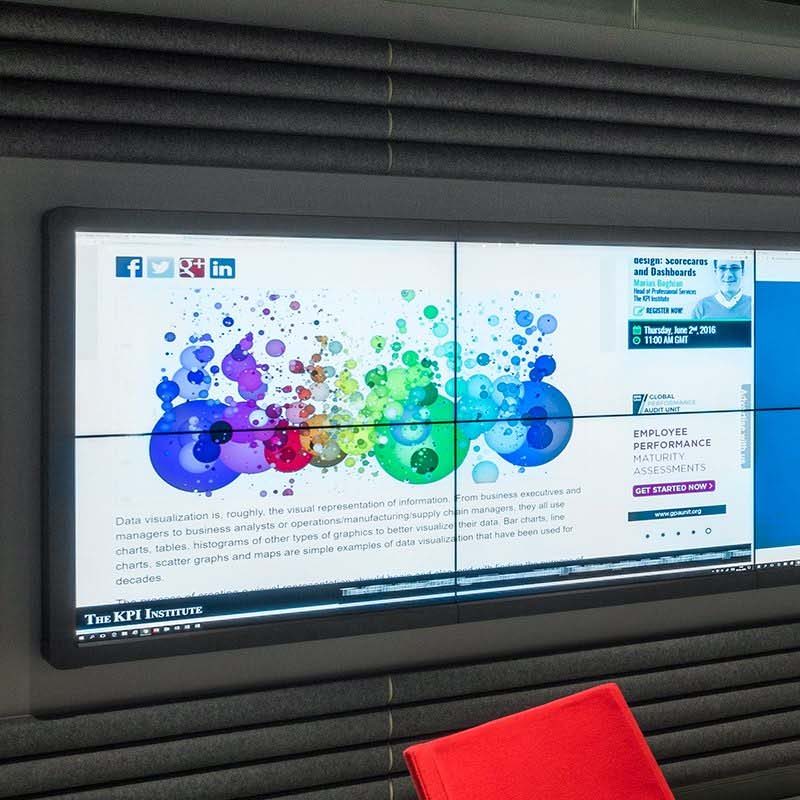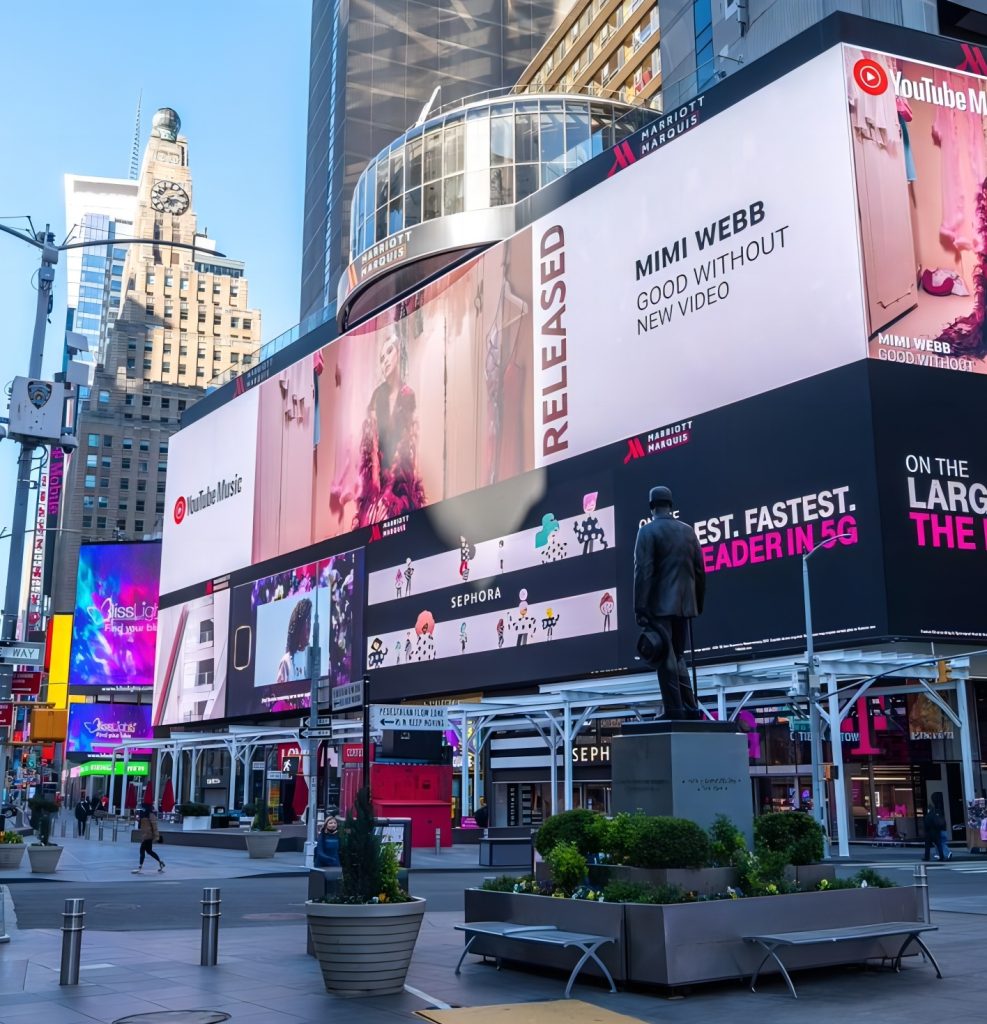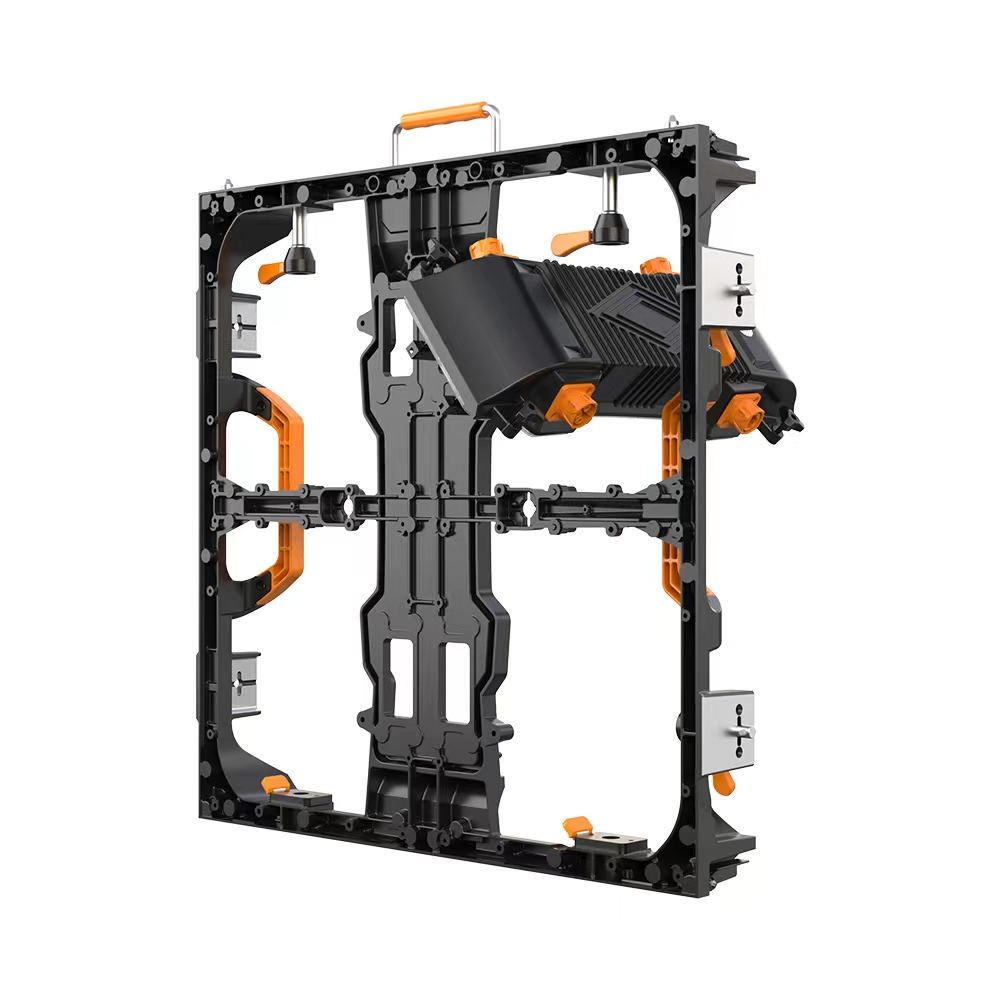Introduction
Indoor LED displays have revolutionized the way we showcase visual content in various spaces, offering superior image quality, brilliant colors, and impressive versatility. In this article, we will delve into the innovative craftsmanship that goes into producing indoor LED displays, focusing on the manufacturing techniques, processes, and customization options.
Precision Manufacturing Techniques
The intricate process of creating high-quality indoor LED displays requires precise manufacturing techniques and advanced machinery. Surface-mount technology (SMT) is key in producing tiny LED diodes with high densities, ensuring detailed images with exceptional resolution. Automatic alignment and placement tools guarantee accuracy, while robotic arms and vision systems ensure impeccable soldering and component assembly.
Advanced Production Processes
Several production processes are employed in indoor LED display manufacturing. These include:
- LED encapsulation: This crucial step involves sealing the LED chips in an epoxy resin to protect them from environmental factors such as moisture and temperature fluctuations, providing stability, and longevity.
- Substrate design and creation: High-quality substrates, often made from aluminum or fiber-reinforced plastics, are designed and created to support the intricate LED display components.
- Soldering and assembly: The LED components, integrated circuits, resistors, capacitors, and other elements are meticulously soldered and fitted onto the substrates, ensuring the proper functioning and stability of the entire system.
- Quality control and testing: Rigorous quality checks, such as visual inspections, electrical testing, and aging tests, are conducted to guarantee that the indoor LED displays are free from defects and are ready to perform optimally.
Customization Opportunities
Indoor LED displays offer various customization options to meet the unique needs of specific projects:
- Size and shape customization: Display sizes can be adjusted to fit application requirements, ranging from small, high-resolution displays to expansive video walls. Displays can be manufactured in various shapes to accommodate unique spaces, including curved or irregularly-shaped screens.
- Pixel pitch selection: The pixel pitch — the distance between each LED pixel — can be tailored according to viewing distances and desired resolutions. Small-pitch displays are suitable for close viewing, while more standard pitches cater to medium-to-long viewing distances.
- Cabinet design and materials: Customers can choose the display’s cabinet design and materials, whether lightweight for easy mounting and disassembly or sturdy for permanent installations.
- Advanced functionality: Indoor LED displays can incorporate advanced features, such as touch interactivity, transparent screens, and high dynamic range (HDR) capabilities, to meet the specific demands of diverse projects.
Conclusion
Innovative craftsmanship, advanced manufacturing techniques, and meticulous production processes are paramount in creating top-notch indoor LED displays. The ability to customize displays according to specific requirements ensures tailored solutions catered to each environment and application. By understanding the intricacies behind indoor LED display production, one gains a deeper appreciation for the exceptional quality and versatility these products offer.

